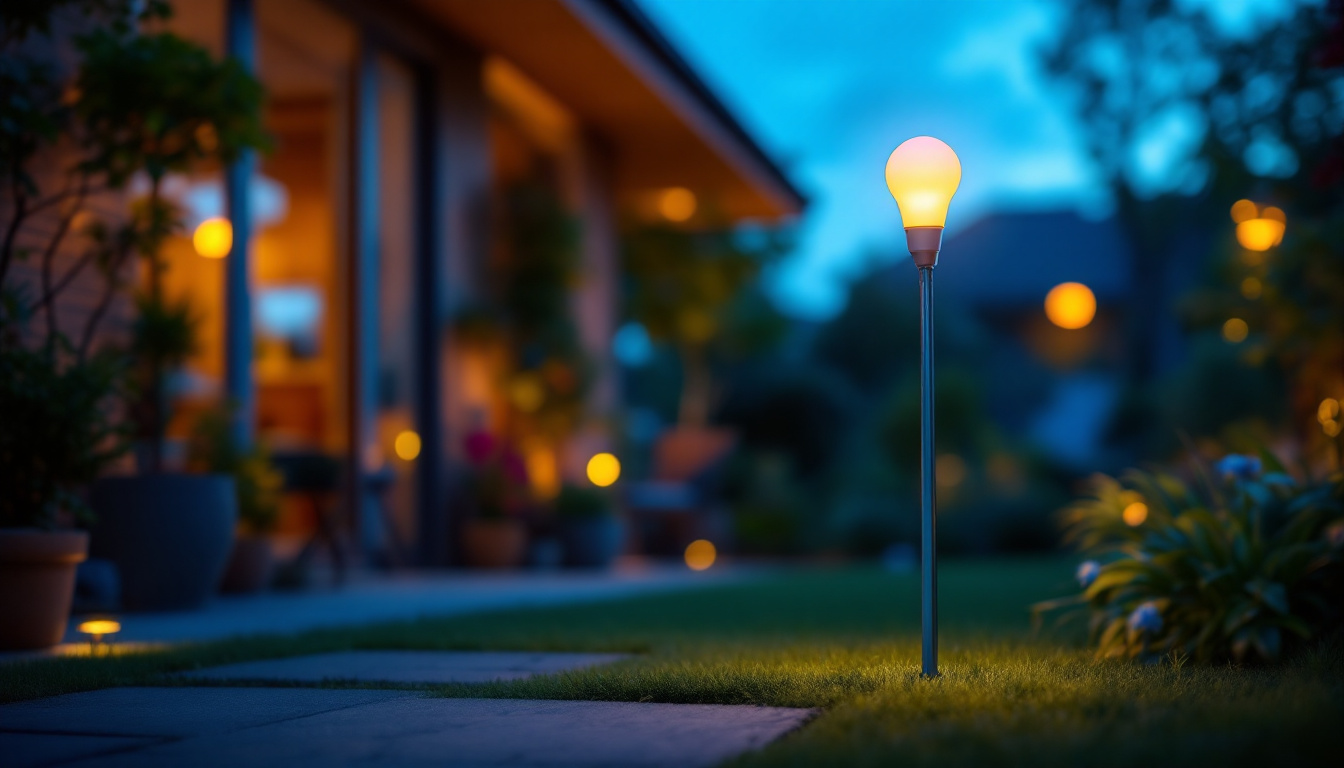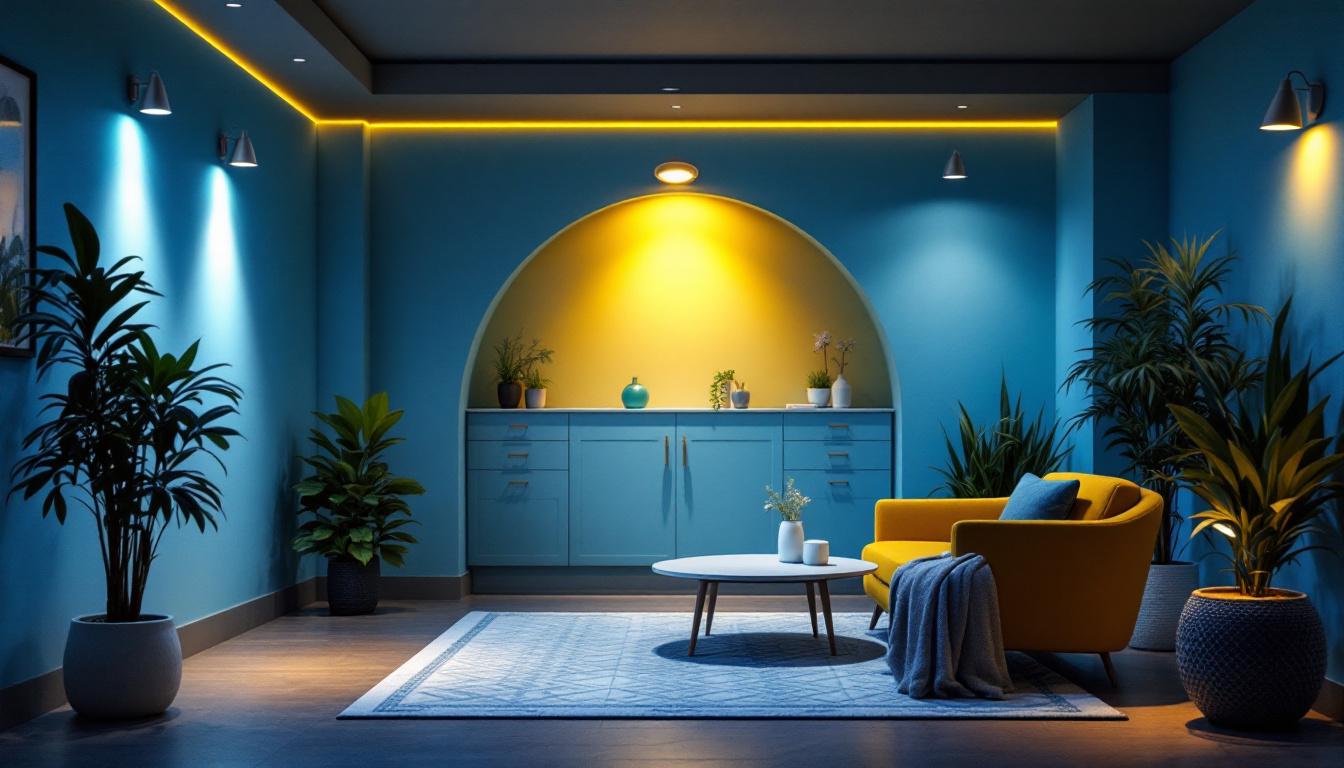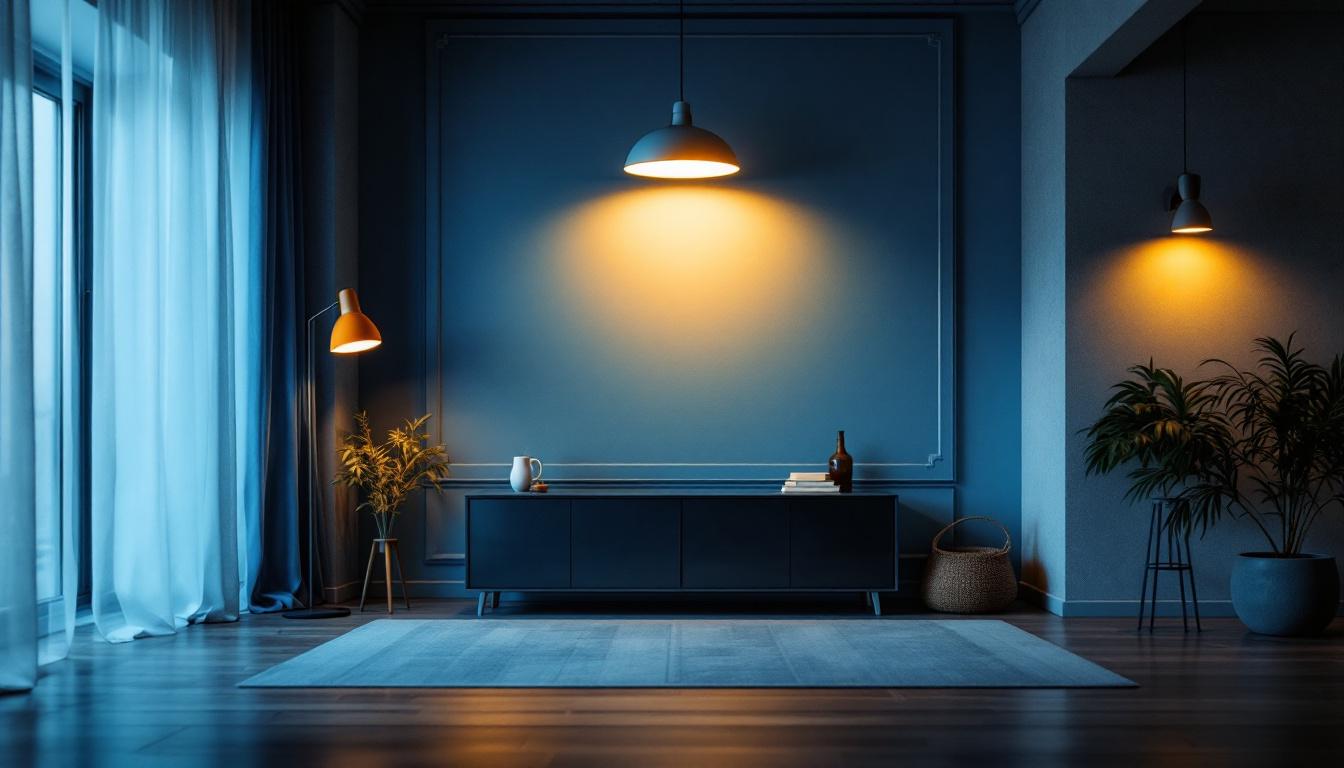
In the realm of outdoor lighting, flood light bulbs play a crucial role in enhancing visibility and security. However, the conversation around these essential lighting fixtures has evolved, particularly with the increasing focus on energy efficiency. As lighting contractors seek to provide sustainable solutions, understanding the impact of outdoor flood light bulbs on energy consumption becomes paramount. This article delves into the various aspects of outdoor flood light bulbs, their energy efficiency, and how they can influence overall energy consumption in residential and commercial settings.
Outdoor flood light bulbs are designed to emit a broad beam of light, illuminating large areas effectively. These bulbs are commonly used in various applications, from illuminating driveways and yards to enhancing the security of commercial properties. Understanding the different types of flood light bulbs available is essential for contractors aiming to recommend the most suitable options to their clients.
Flood light bulbs come in various types, each with its advantages and disadvantages. The most common types include incandescent, halogen, compact fluorescent (CFL), and light-emitting diode (LED) bulbs. Incandescent bulbs, while inexpensive, are highly energy-inefficient, converting a significant portion of energy into heat rather than light. Halogen bulbs offer better efficiency than traditional incandescent options but still fall short when compared to newer technologies.
On the other hand, CFLs provide a more energy-efficient alternative, consuming less power and having a longer lifespan. However, the emergence of LED technology has revolutionized outdoor lighting. LED flood lights are not only energy-efficient but also boast an extended lifespan, making them a preferred choice for both residential and commercial applications. Additionally, LEDs are available in a variety of color temperatures, allowing users to choose between warm white for a cozy ambiance or cool white for a more modern, bright look.
When discussing energy efficiency, it is essential to consider the wattage of the bulbs and their lumen output. Wattage indicates the amount of energy consumed, while lumens measure the brightness produced. A higher lumen output with lower wattage signifies better energy efficiency.
For example, a traditional 100-watt incandescent bulb may produce around 1600 lumens, whereas an LED bulb can achieve the same brightness with only 15 to 20 watts. This significant reduction in energy consumption translates to lower electricity bills and a reduced carbon footprint, making LED flood lights an attractive option for environmentally conscious clients. Furthermore, many LED flood lights are designed with advanced features such as motion sensors and dimming capabilities, providing added convenience and energy savings. These features not only enhance security by illuminating areas only when needed but also allow homeowners to customize their lighting based on specific needs or preferences.
As the world grapples with climate change and environmental degradation, the impact of outdoor lighting on the environment has come under scrutiny. The energy consumption of flood light bulbs contributes to greenhouse gas emissions, particularly when fossil fuels are the primary energy source. Therefore, selecting energy-efficient lighting solutions is not just a matter of cost savings but also a step toward sustainability.
By opting for energy-efficient flood light bulbs, contractors can help clients significantly reduce their carbon footprint. For instance, transitioning from incandescent to LED bulbs can lower energy consumption by up to 80%. This reduction not only benefits the environment but also aligns with the growing demand for sustainable practices in both residential and commercial sectors.
Moreover, many municipalities and organizations are incentivizing the use of energy-efficient lighting through rebates and tax credits. This not only encourages the adoption of sustainable practices but also enhances the overall appeal of energy-efficient solutions to clients.
Another critical aspect of outdoor flood lighting is light pollution, which has become a significant concern in urban areas. Excessive and poorly directed lighting can disrupt ecosystems, affect wildlife behavior, and diminish the visibility of stars in the night sky. By utilizing energy-efficient flood light bulbs with appropriate shielding and directionality, contractors can help mitigate light pollution while still providing adequate illumination.
Implementing smart lighting solutions, such as motion sensors and timers, can also contribute to reducing unnecessary light exposure. These technologies ensure that lights are only activated when needed, further enhancing energy efficiency and minimizing environmental impact.
For many clients, the initial cost of purchasing energy-efficient flood light bulbs may seem higher than traditional options. However, the long-term savings associated with reduced energy consumption and maintenance costs often outweigh the upfront investment. Understanding the financial implications of energy-efficient lighting is crucial for contractors when advising clients.
One of the most immediate benefits of switching to energy-efficient flood light bulbs is the reduction in energy bills. Clients can expect to see a significant decrease in their monthly electricity costs, particularly for properties that require extensive outdoor lighting. This reduction is especially pronounced in larger commercial properties, where lighting can account for a substantial portion of energy expenses.
Additionally, energy-efficient bulbs have a longer lifespan than traditional options, resulting in fewer replacements and lower maintenance costs over time. This longevity not only saves money but also reduces waste, contributing to a more sustainable approach to outdoor lighting.
Calculating the return on investment (ROI) for energy-efficient flood light bulbs can provide clients with a clearer understanding of the financial benefits. By considering the initial purchase price, energy savings, and maintenance costs, contractors can present a compelling case for the transition to LED or other energy-efficient options.
For example, if a client replaces ten 100-watt incandescent flood lights with 20-watt LED bulbs, the energy savings can be substantial. Over time, the ROI can be calculated based on the reduced energy bills and the extended lifespan of the LED bulbs, demonstrating the financial viability of the investment.
With various options available, selecting the right outdoor flood light bulbs can be a daunting task for contractors. However, understanding the specific needs of each project can simplify the decision-making process. Several factors should be considered when recommending flood light bulbs to clients.
Determining the appropriate brightness and coverage area is crucial for effective outdoor lighting. Contractors should assess the specific requirements of the space, including the size of the area to be illuminated and the intended use of the lighting. For instance, security lighting may require brighter bulbs with a wider coverage area, while ambient lighting may necessitate softer illumination.
It is essential to balance brightness with energy efficiency. Selecting bulbs that provide adequate illumination while consuming less energy is key to achieving optimal results. Utilizing lighting design software can aid in visualizing how different bulb types will perform in a given space.
Color temperature is another critical factor to consider when selecting outdoor flood light bulbs. Measured in Kelvin (K), color temperature influences the ambiance and aesthetics of the illuminated space. Warmer tones (around 2700K to 3000K) create a cozy and inviting atmosphere, while cooler tones (above 4000K) provide a more modern and vibrant feel.
Contractors should discuss color temperature preferences with clients to ensure that the chosen bulbs align with their vision for the space. Additionally, considering the surrounding architecture and landscaping can enhance the overall aesthetics of the outdoor area.
The landscape of outdoor flood lighting is continually evolving, driven by advancements in technology and changing consumer preferences. Staying informed about emerging trends can help contractors remain competitive and provide clients with the best solutions available.
Smart lighting technology is gaining traction in outdoor applications, offering enhanced control and convenience. Integrating flood light bulbs with smart home systems allows clients to manage their outdoor lighting remotely, schedule lighting based on their needs, and even adjust brightness levels based on ambient light conditions.
This level of control not only enhances energy efficiency but also adds a layer of security and customization to outdoor spaces. As smart technology becomes more prevalent, contractors should consider recommending compatible flood light bulbs to clients looking to embrace modern lighting solutions.
As environmental awareness continues to grow, the demand for sustainable and eco-friendly lighting options is on the rise. Manufacturers are increasingly focusing on producing flood light bulbs with recyclable materials and reduced environmental impact. Contractors should stay informed about these innovations to offer clients the most sustainable choices available.
Additionally, educating clients about the benefits of eco-friendly lighting solutions can foster a sense of responsibility and encourage them to make environmentally conscious decisions. This approach not only benefits the planet but also enhances the contractor’s reputation as a provider of sustainable solutions.
Outdoor flood light bulbs play a pivotal role in enhancing safety, security, and aesthetics in various settings. However, their impact on energy efficiency cannot be overlooked. By understanding the different types of flood light bulbs, their energy consumption, and the environmental implications, contractors can make informed recommendations to clients.
Transitioning to energy-efficient options, particularly LED bulbs, offers numerous benefits, including lower energy bills, reduced carbon footprint, and enhanced sustainability. As the lighting industry continues to evolve, staying informed about emerging trends and technologies will empower contractors to provide the best solutions for their clients.
Ultimately, the shift toward energy-efficient outdoor flood light bulbs is not just a trend; it is a necessary step toward a more sustainable future. By embracing these changes, contractors can contribute to a greener planet while meeting the lighting needs of their clients effectively.
Ready to elevate your lighting projects with energy-efficient solutions that don’t compromise on quality or cost? Look no further than LumenWholesale. We specialize in providing contractors with spec-grade lighting products, including the latest in LED outdoor flood light bulbs, at unbeatable wholesale prices. Say goodbye to middleman markups and hello to superior lighting that meets the highest industry standards. Plus, with free shipping on bulk orders, you can stock up on premium lighting at the best value — all without hidden fees. Make the sustainable choice for your clients and the environment. Wholesale Lighting at the Best Value is just a click away.

Discover how to transform your basement into a well-lit, inviting space with strategic pot light installations.

Discover how wallpack lights are revolutionizing the lighting industry for contractors.

Discover effective strategies for training your team in outdoor lighting techniques.

Discover how investing in quality lighting for sale can transform your installation projects.